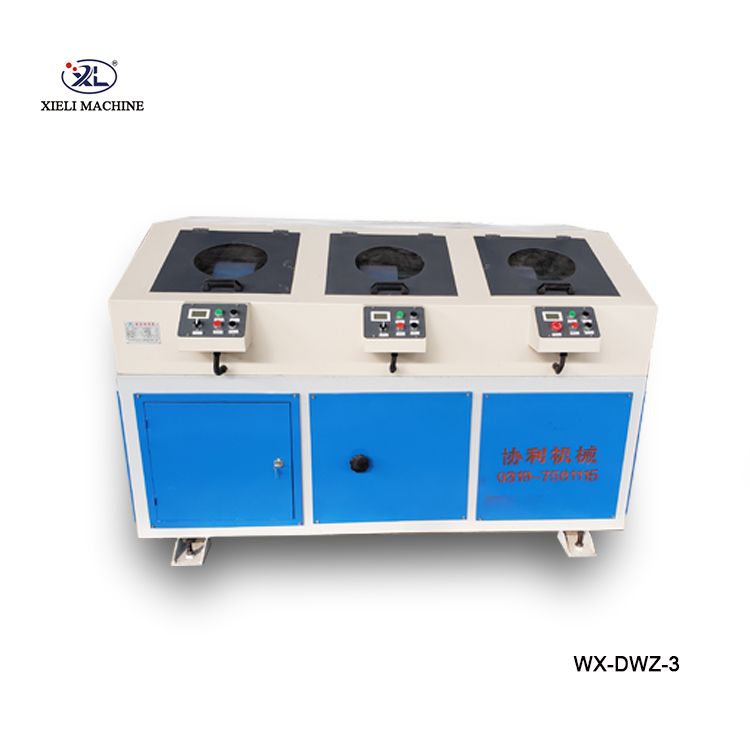The Centerless Grinder An Essential Tool for Precision Manufacturing
In the world of manufacturing and machining, precision is key. Among the various processes that contribute to the production of high-quality components, centerless grinding stands out as a highly effective method for achieving tight tolerances and superior surface finishes. The centerless grinder, a specialized machine tool designed for this process, plays a vital role in ensuring that parts meet demanding specifications.
What is Centerless Grinding?
Centerless grinding is a form of external cylindrical grinding that eliminates the need for a machine to hold the workpiece in place using a central axis. Instead, the workpiece is supported by an upper and a lower wheel, which simultaneously rotate the piece. This unique setup allows for continuous feeding of workpieces, making it particularly useful for high-volume production runs. The process is characterized by its ability to grind any part that comes between the two grinding wheels, regardless of its length.
The Components of a Centerless Grinder
A typical centerless grinder consists of a few critical components that work together to achieve the desired outcomes.
1. Grinding Wheel The grinding wheel is the primary tool used to remove material from the workpiece. It typically includes abrasive grains bound together with a bonding agent. The selection of the right wheel type, size, and grit depends on the material being ground and the required finish.
2. Regulating Wheel This component serves to control the feed rate of the workpiece. It is usually made from a softer material than the grinding wheel and has a lower rotational speed. The regulating wheel's surface texture can also influence the grinding process, making it crucial for achieving consistent results.
3. Work Rest Blade Positioned between the grinding and regulating wheels, this blade supports the workpiece during grinding. It must be adjustable to ensure that different sizes of components can be accommodated.
centerless grinder

The Advantages of Centerless Grinding
One of the most significant advantages of centerless grinding is its ability to produce large quantities of precisely finished parts with minimal human intervention. Because the workpieces are fed continuously, this method can significantly reduce cycle times compared to traditional grinding methods.
Moreover, centerless grinding is highly efficient for parts with long, slender features. It can grind multiple parts simultaneously, and the process can easily be automated, making it ideal for mass production. The machine setup is also relatively straightforward, allowing for quick adjustments between different production runs.
Centerless grinding can also provide superior surface finishes and dimensional accuracy. This precision is crucial in applications where parts must fit together tightly, such as in automotive, aerospace, or medical device manufacturing.
Applications of Centerless Grinding
Centerless grinding finds its applications across a wide variety of industries. In the automotive sector, it is commonly used for grinding fuel injectors, crankshafts, and valve components. The aerospace industry benefits from its ability to produce lightweight, high-strength components critical for aircraft performance. Additionally, the medical field utilizes centerless grinding to produce implants and surgical instruments that require exacting standards of precision.
Conclusion
The centerless grinder is an indispensable tool in modern manufacturing. Its unique design and efficient operation allow for the production of complex and precise components at a scale that traditional methods often cannot match. As industries continue to evolve and demand higher quality and efficiency, the centerless grinding process will undoubtedly remain at the forefront, pushing the boundaries of what is possible in precision engineering.
By understanding and implementing centerless grinding technology, manufacturers can enhance their production capabilities, reduce costs, and maintain competitiveness in an increasingly demanding marketplace.









